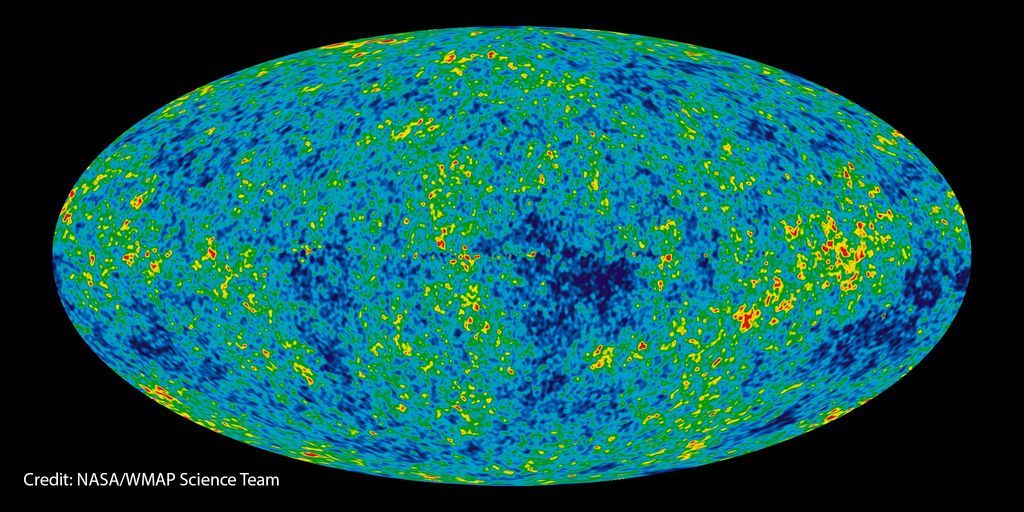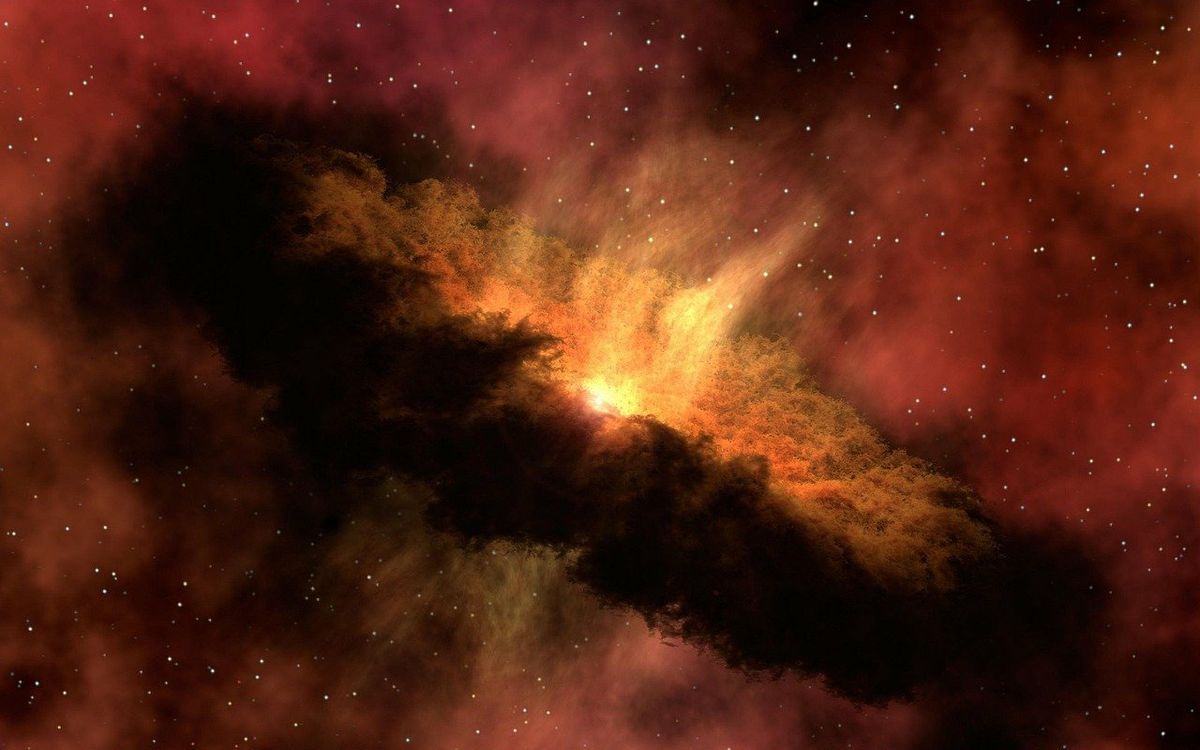Highlights
- Roger Penrose, the 2020 Nobel Prize winner in physics, claims the universe goes through multiple cycles of death and rebirth
- According to the scientist, there have been not one but multiple Big Bangs, with more expected in the far distant future
- Penrose claims that it is the black holes that hold clues to the existence of previous universes
Sir Roger Penrose, a mathematician and physicist from the University of Oxford who has just shared the 2020’s Nobel Prize in physics, claims that our universe has gone through multiple Big Bangs, with another one coming in our future.
Penrose received the Nobel for his work on a mathematical model that established and expanded Albert Einstein’s general theory of relativity, and for his discoveries on black holes, which demonstrated how objects that become too dense undergo gravitational collapse into singularities – points of infinite mass.
Roger Penrose won the Nobel in physics “for the discovery that black hole formation is a robust prediction of the general theory of relativity”
As he accepted the Prize, Penrose restated his confidence in what he calls “a crazy theory of mine” that the universe will expand until all matter will ultimately decay — and then a new Big Bang will produce a new universe into existence.
“The Big Bang was not the beginning,” Penrose said in an interview with The Telegraph. “There was something before the Big Bang and that something is what we will have in our future.”
What proof does the physicist have for this theory he called “conformal cyclic cosmology” (CCC) that seems to go against the popular Big Bang theory? He states that he has found six “warm” sky points (called “Hawking Points”) which are all about eight times larger than the diameter of the Moon.
The late Professor Stephen Hawking, whose name they bear, proposed that black holes “leak” radiation and would eventually evaporate. As this might take longer than the age of the universe we are currently inhabiting (13.77 billion years old), finding such holes is very unlikely.
Penrose (89), who collaborated with Hawking, believes that we are, in fact, able to observe “dead” black holes left by previous universes or “aeons”. If proven correct, this would also validate Hawking’s theories.
The physicist’s 2020 paper, published in the Monthly Notices of the Royal Astronomical Society, offers evidence of “anomalous circular spots” in the cosmic microwave background (CMB) that have raised temperatures.

The data showing the spots came from Planck 70 GHz satellite and was confirmed by up to 10,000 simulations.
Penrose’s 2018 paper pinpointed radiation hot spots in the CMB as possibly being created by evaporating black holes. A 2010 paper by Penrose and Vahe Gurzadyan from the Yerevan Physics Institute in Armenia found support for cyclic cosmology in the uniform temperature rings within the CMB.
The scientists proposed then that the rings were caused by signatures of gravitational waves from colliding black holes in a universe that preceded ours.
These ideas are controversial within the cosmologist community, with some pointing to the problem of fitting an infinitely big universe in one aeon to a super-small one in the next. This would require making all particles lose mass as the universe gets old.
Check out Penrose’s most recent paper, titled “Apparent evidence for Hawking points in the CMB Sky” here.
It is worth noting that ancient Hindu philosophy also talks about the cyclic nature of universe birth and rebirth. It is yet to be established whether his theory will stand the test of proof.



